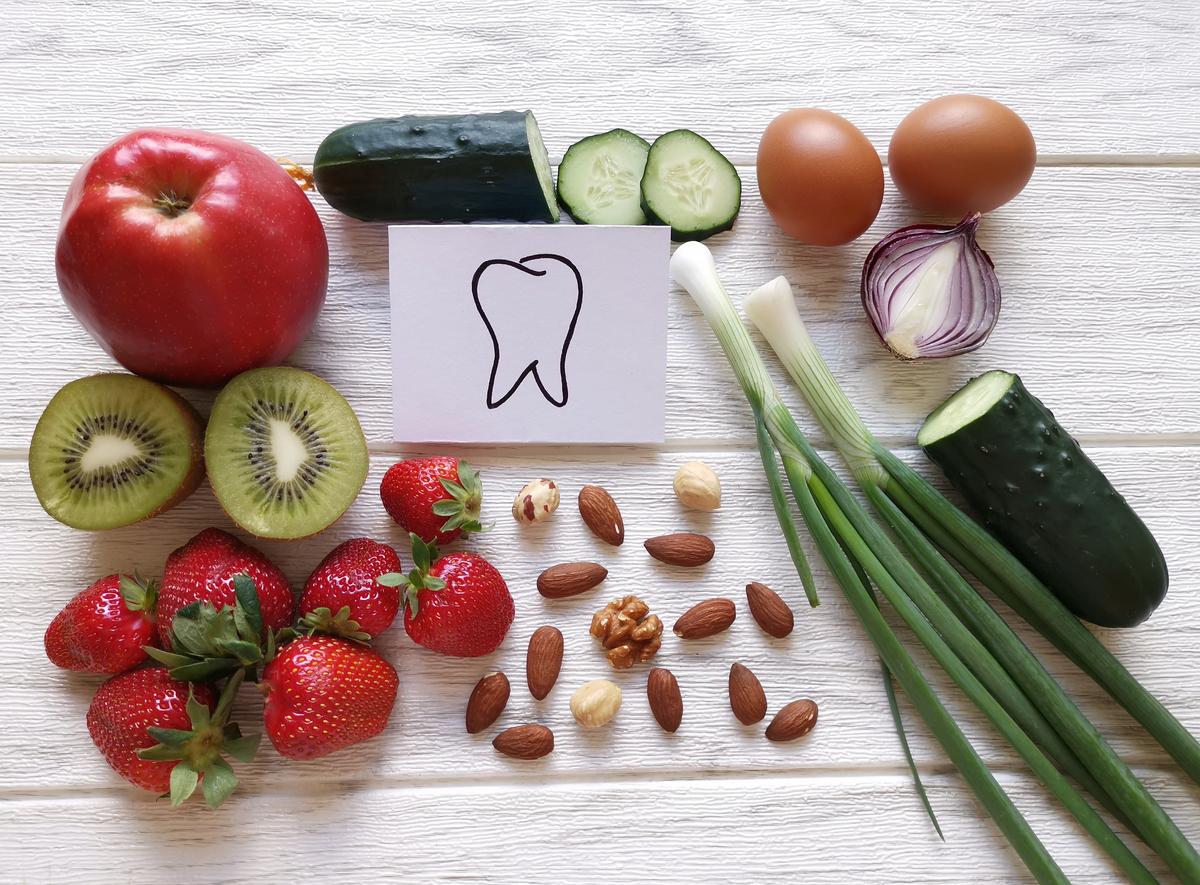Menopause Diet
Menopause Diet
Today, this is still an unusual topic no one is talking about; however, it is an important stage in every woman's life. The climacteric is when the transition from reproductive to non-reproductive occurs in a woman's body. It is essential to explain that the terms menopause and climacteric do not mean the same thing.
- Menopause: Compared to climacteric, menopause refers to the definitive absence of menstruation for an approximate time of 12 months due to ovarian function failure.
- Climacteric: It occurs years before menopause and lasts a few years after post-menopause. On the other hand, perimenopause is the stage that lasts from 2 to 8 years before menopause, and postmenopause refers to the stage after menopause. Complications with symptoms due to a lack of hormones (estrogens) will develop slowly and progressively over the years.
There are different factors responsible for experiencing menopause earlier than expected. Here are some factors that cause early menopause.
- Genetics: If a woman experiences early menopause, she possibly inherited it from her mother.
- Race: Women from the Mediterranean and Nordic experience early menopause.
- Smoking: smoking triggers the onset of early menopause.
Other factors causing early menopause are obesity, hormonal contraceptives, and stress levels.
The independent variables (Genetics and race) are the factors we cannot change and must identify individuals just like a fingerprint. On the other hand, variables that are dependent (smoking habits, others) are factors we can change, and if healthier lifestyles are adopted, it can improve the person's life. This last reference will be discussed from a dietetic perspective.
5 Dietetic Perspectives and recommendations
1. Smoking Habits
Among the chemicals that a cigarette encompasses, tobacco toxins seem to lower the age of natural menopause by reducing circulating estrogen, reducing the absorption of essential nutrients such as calcium, folic acid, iron, and fiber in the diet; This, in particular, is a result from the potent laxative symptom most people feel after smoking a cigarette. So, it will be become difficult to realize the lack of fiber in the diet, and consequently, other diseases could approach the person's life.
2. Obesity
New studies reveal that this condition can lead to more severe hot flashes and other menopausal symptoms, as a higher body mass index is linked to a higher prevalence of menopausal symptoms. Avoid adding more weight after menopause can be challenging; following these four steps are key.
- Find a professional for a correct diet plan
- Keep moving; physical activity has to be a priority
- Eat fewer servings of food to reduce the number of calories per day without neglecting the professional recommendations for a balanced diet
- Keep track of blood tests.
3. Hormonal Contraception
It can help with the symptoms of menopause; however, it is recommended to stop taking the pills after the 40s until the doctor recommends new doses if necessary as it is likely to create a hormonal imbalance. Remember, estrogen influences how the body uses calcium and maintains cholesterol levels in the blood.
4. Level of Stress
It can be measured by marital status, job category, and socio-economic status. Commonly, these measures increase levels of stress and anxiety. So finding free time doing activities is the best optimal and healthy way to cut the pressure of daily life.
5. Hydration Level
Dryness is one of the symptoms most women feel, and its etiology lies in the low estrogen level. Drink an average of 10 glasses of water a day to decrease the feeling of bloating.
During the climacteric phase, you must eat the right foods. Here are recommended types of food during the climacteric phase.
- Chickpeas
- Fish
- Pure soy milk
- Non-dairy milk
- Beans
- Fruits and Vegetables
Note: It is essential to plan a diet, so there are no binges during the day. A normal day meal should look like the following distribution:
- Breakfast: Carbohydrate+ protein+ fruit
- Lunch: Carbohydrate+ protein+ salad [3 to 4 colors] +fruit and glass of water
- Dinner: Carb+ protein+ salad [3 colors]+ fruit(optional)+ glass of water
It is important to be aware of the symptoms after your 40s, as the diet will be crucial to receive this inevitable process in the healthiest way possible. Also, it is essential to understand that a woman in this period establishes an increased risk of metabolic diseases. In the same way, it will increase the risk of degenerative diseases such as; osteopenia, osteoporosis, dynapenia and sarcopenia, among others.
Antioxidant nutrients, including carotenoids, selenium, and vitamin C, are nutrients linked to sarcopenia and frailty in older adults. However, there is some evidence that variations in consumption of polyunsaturated fatty acids can greatly affect the muscle strength in the elderly.
Usually, the most common symptom within the climacteric phase is hot flashes, which could be a sign of menopause. Some factors contributing to hot flashes during climacteric are consumption of spicy foods, smoking, alcohol, caffeine intake and stress.
Finally, it is important to know that bodies are different, and their magnitude changes notably from one woman to another.
Written By: MSc. Nicole Castro Serrano.







Comments (0)